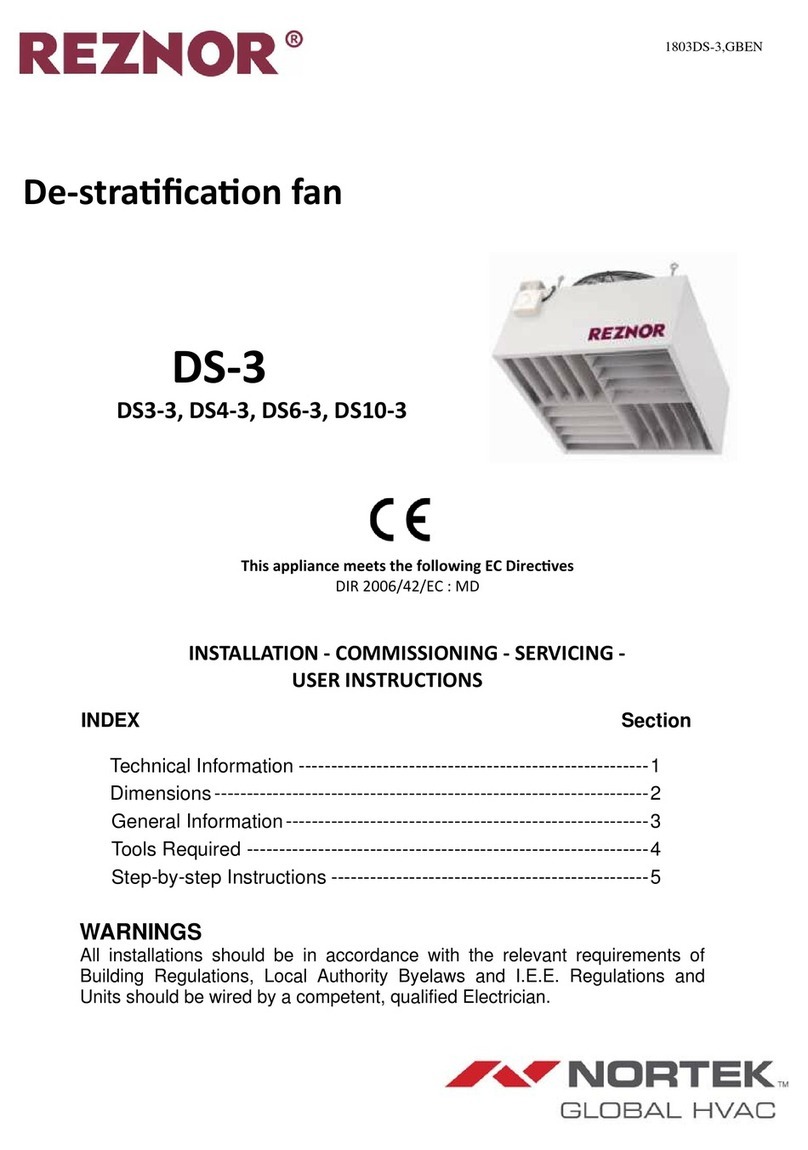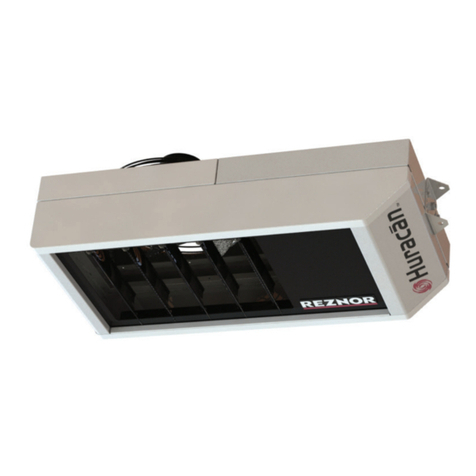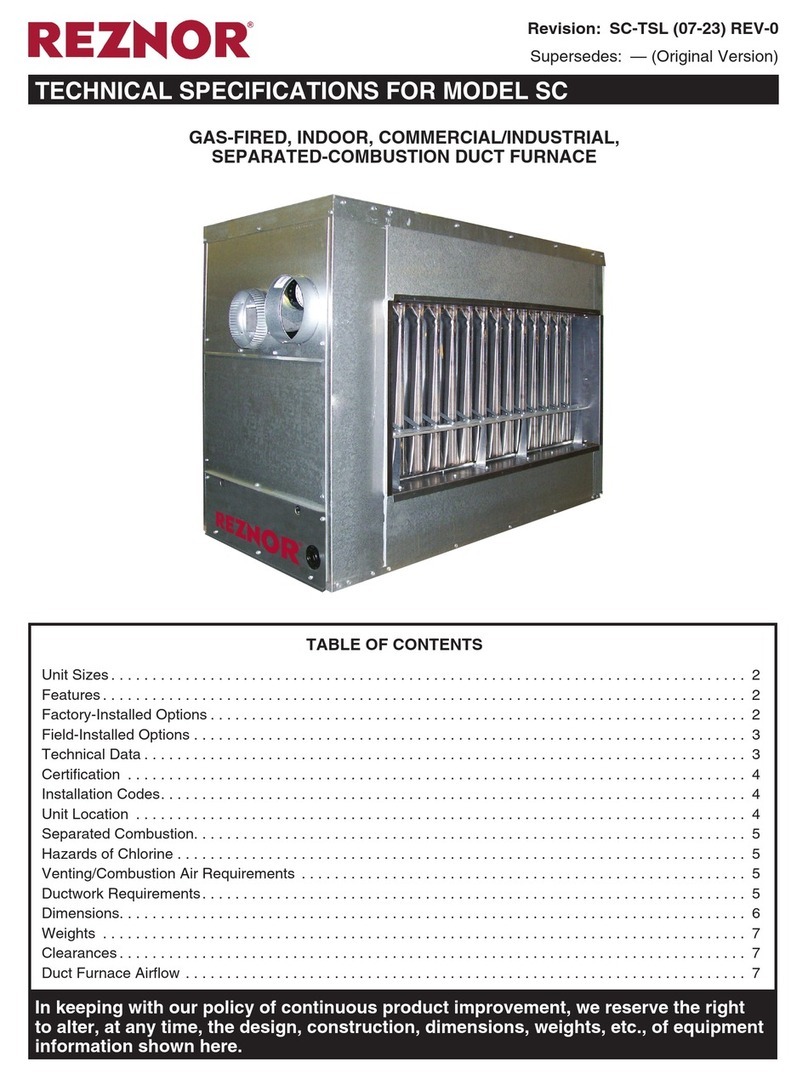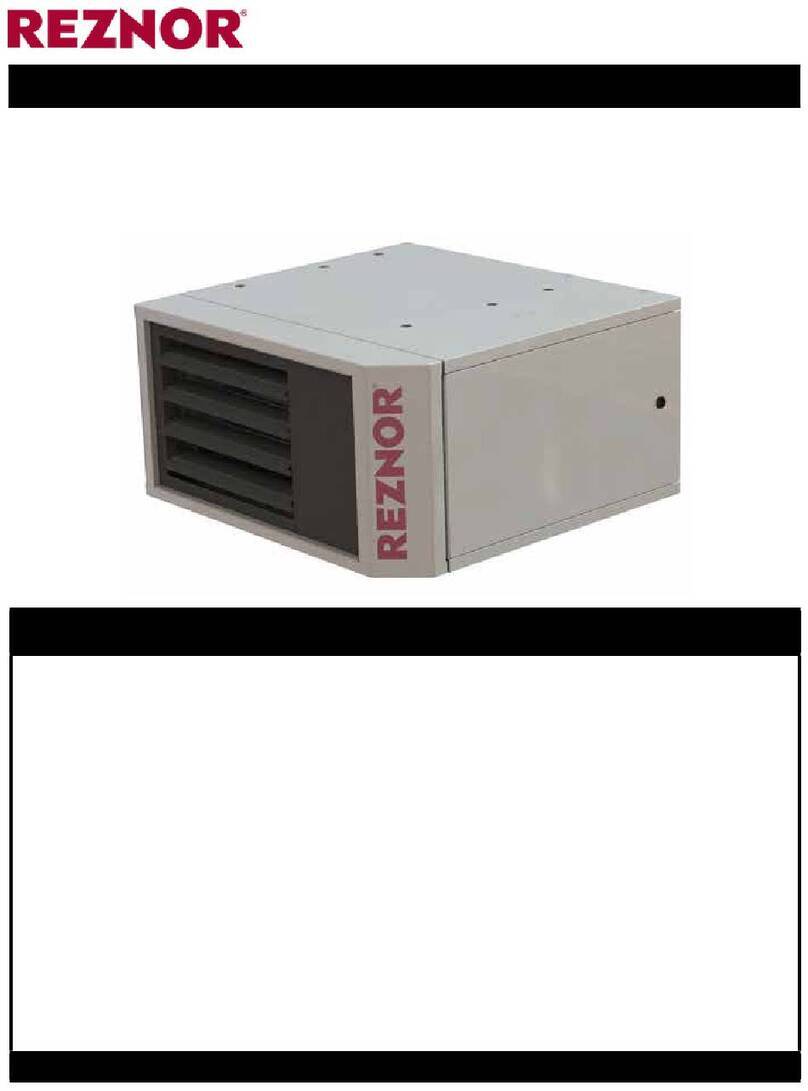
TABLE OF CONTENTS
GENERAL INFORMATION....................................................................1
Applicability ..............................................................................1
Important Safety Information .................................................................1
POWER VENT KITS .........................................................................2
Voltage ..................................................................................2
Kit Selection ..............................................................................2
Venter Assembly ..........................................................................3
Control System............................................................................4
Venter Adapter ............................................................................4
Power Venter Sequence of Operation ..........................................................5
KIT INSTALLATION .........................................................................5
VENTING..................................................................................9
Specific Venting Requirements ...............................................................9
Connecting Vent Cap To Double-Wall (Type B) Vent Terminal Pipe..................................12
Connecting Single-Wall Vent Run to Double-Wall (Type B) Vent Terminal Pipe.........................12
OPERATIONAL TESTING ...................................................................12
REPLACEMENT PARTS.....................................................................13
Revision: X-CA1,2,3,4 (01-22) 136958-A
POWER VENT KIT INSTALLATION FOR DUCT FURNACES
Supersedes: X-CA1,2,3,4 (11-21) 136958-A
OPTIONS CA1, CA2, CA3, AND CA4 FOR MODEL X
AND OBSOLETE MODELS (H)CX, DX, (H)XE, AND (H)CXE
GENERAL INFORMATION
This optional power venter is a motorized vent exhauster designed to permit the installation of a gravity-vented heater
in an area of negative pressure up to 0.15 IN WC or where horizontal venting is required.
Applicability
NOTE: Models with the H prefix are standard and are not listed separately throughout this manual.
The venter assembly in this instruction form is designed to be installed only on the following equipment:
•Models X/DX/HX and CX/HCX: duct furnace
•Models XE/HXE and CXE/HCXE: packaged duct furnace and blower
•Models XL/CXL and XLB/CXLB: fan and blower type unit heaters (power venter cannot be installed on model
XLB/CXLB units in sizes 030–105 when equipped with an optional blower cabinet)
Important Safety Information
•Refer to the installation manual provided with the unit for important safety information.
•Pay attention to all dangers, warnings, cautions, and notes highlighted in this manual. Safety markings should not
be ignored and are used frequently throughout to designate a degree or level of seriousness.
⚠ DANGER ⚠
Improper installation, adjustment, alteration, service, or maintenance can cause property damage,
injury, or death. Read the installation, operation and maintenance instructions thoroughly before
installing or servicing this equipment.































